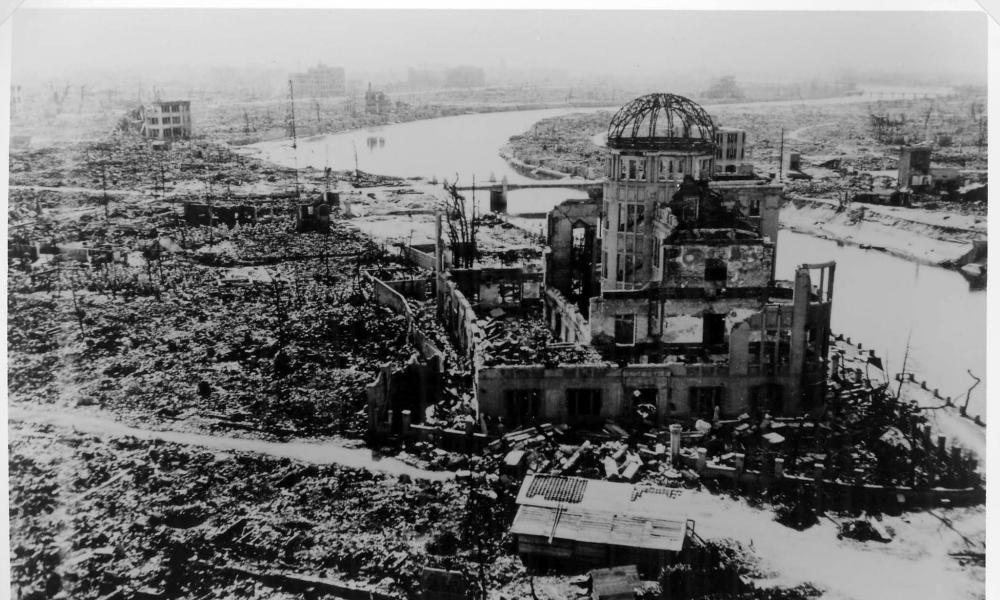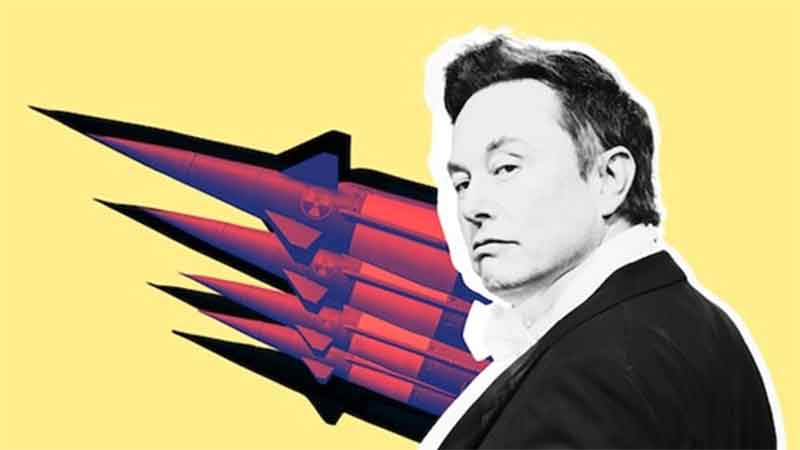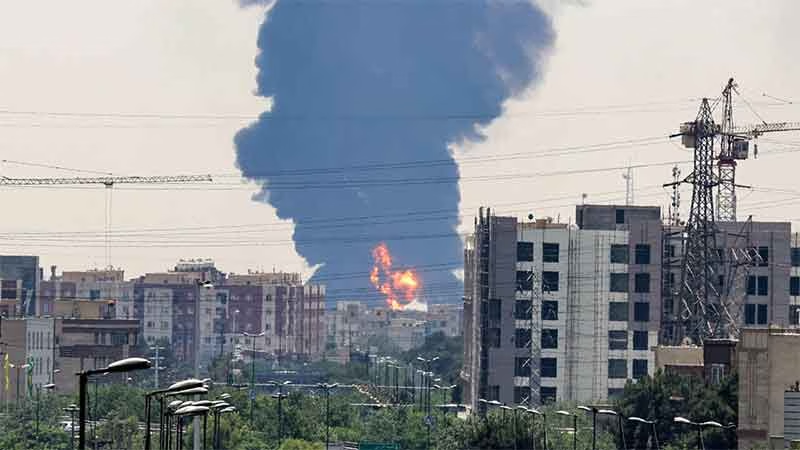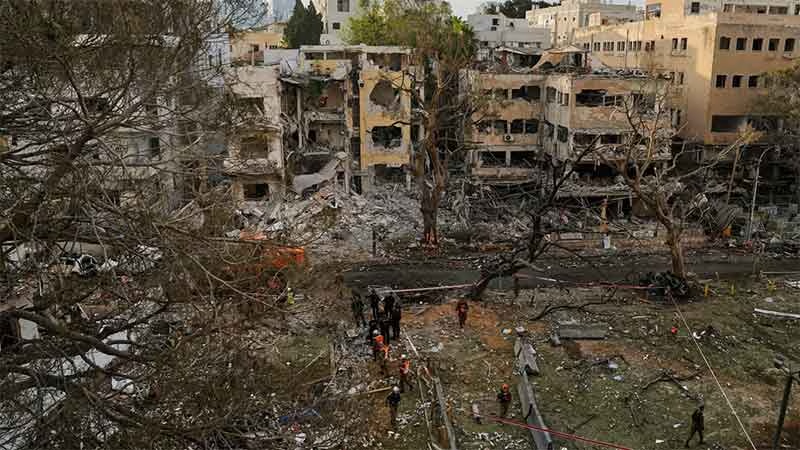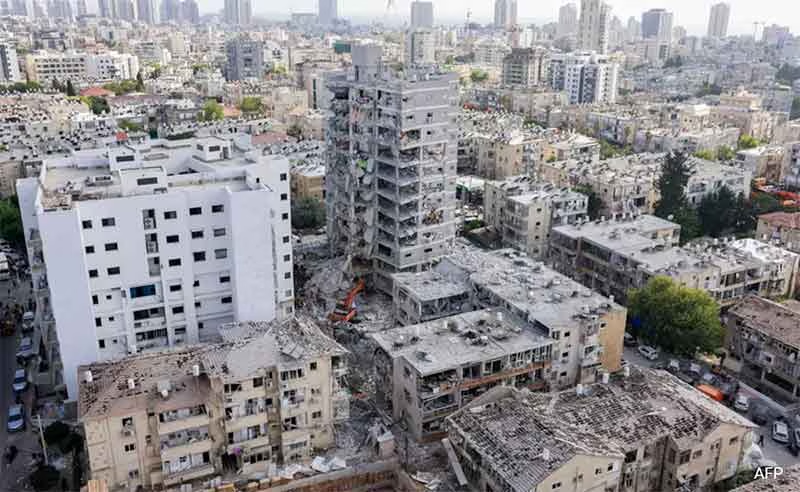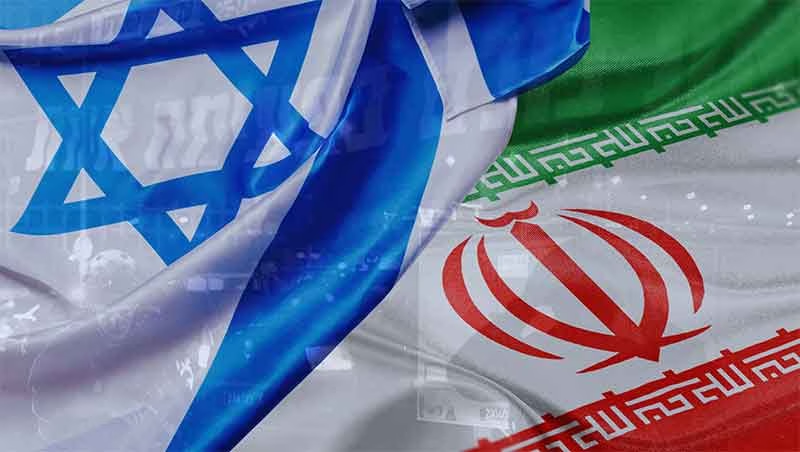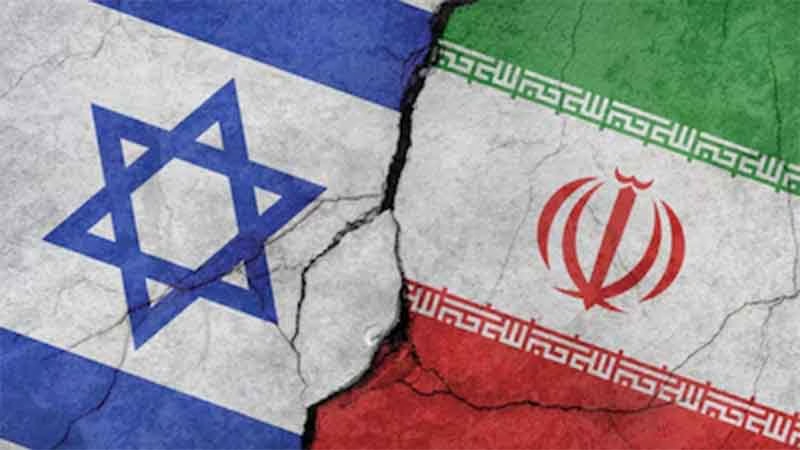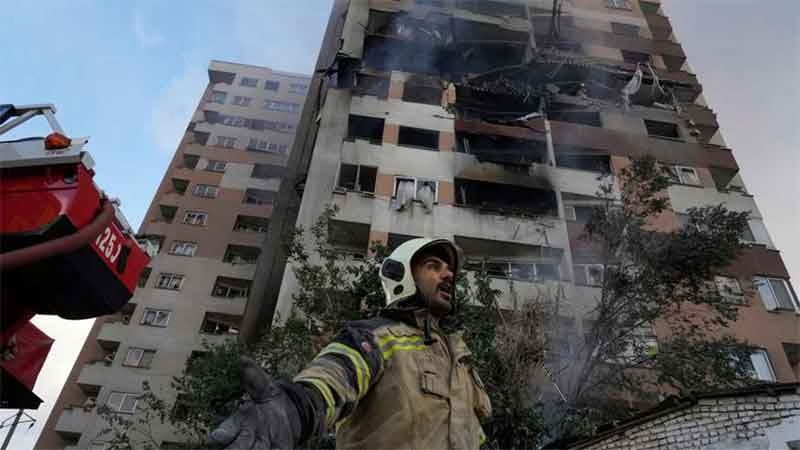In Hiroshima, Japan, seventy-one years ago exactly from the midnight hour that I’m writing this, most people were asleep except for the night owls and diligent lovers. I’d guess that most especially the middle school students would uniformly be deep in the throes of the land of Nod, since on the morrow—August 6, a school day—they’d all be up bright and early to continue their physically taxing work in the August swampy swelter of the riverine confluences that underlay Hiroshima’s existence as a city.
For weeks before the sixth, they had been dismantling some half of the area’s housing stock, in anticipation of rumored American bombing raids that everyone assumed would be incendiary in nature, like the many such attacks that had decimated Tokyo and other strategic industrial centers more central to the war effort than sleepy Hiroshima. Out in the sun and air, minimally clothed, working primarily in and around the city center, they were exhibiting the dutiful patriotism and obedient mutuality that were part and parcel of the meaning of being Japanese.
Alas, very few of them would survive past 8:15 the next morning, at most a couple score eleven-to-fourteen-year-old kids from all the academies and classrooms of the entire area. What dreams they had that night of August 5th would form quite a novel, or play, or book of poetry, or documentary of pending loss.
E.O. Wilson, in his The Social Conquest of Earth, points out that an ability to ‘put oneself in another’s shoes’ is at the root of much that is best about our species—empathy and compassion and altruism and such. My inability to escape from this sense of dreaming along on the last night of life was part of what led me, lo these decades ago, in 1992, to swear an oath that every year as the period of August 6th through 9th came along, I’d say something and otherwise take some sort of action about why this brief interlude is arguably the most crucial commemoration for humankind to acknowledge, if survival means anything to us.
No matter what, in the fullness of time, the certainty is inescapable that something much, much worse than Hiroshima will happen to humankind if we insist on maintaining now-thermonuclear arsenals of megadeath. The most obvious reason that this ultimately inevitable mass collective suicide continues to hang over our heads like a looming time bomb is that we haven’t figured out how to stop it, how to leave the Nuclear Fuel Fool Cycle behind. For me, not knowing how to begin effecting such a monumental shift in the direction of life, I have just elected to write and produce and perform each year whatever I could manage, to bring attention back to this hideous pass in human history.
Over the two dozen years that I’ve engaged in this commemorative exercise, I’ve encouraged people to take note of many things: John Hersey’s New Yorker issue that led to his book that bore the city’s name as its title; Gar Alperowitz’s work—from Atomic Diplomacy to The Decision to Drop the Atomic Bomb—and the outpouring of scholarship and analysis of his now legion followers, who have unshakably demonstrated that the choice to incinerate two cities had little or even nothing to do with ending the war and ‘saving lives’ and everything to do with first conveying a sharp jab at the Soviet Union and second examining, clinically and experimentally, the new weapons system that the scientists and engineers and skilled workers and industrial laborers of the Manhattan Engineering District had assembled for use as the Soviets prepared to invade Northern Japan; and plenty else besides have I proffered over the course of nearly a quarter century. I’ve offered this information and guidance with narratives and speaking gigs and Power Point presentations.
But, as I said, what has impelled me most powerfully has not been this intellectual product, though I am above all else a nerd who would, like Dr. Faust, sell my soul for complete knowledge of all that is. What has driven me has been that sense of identification that Professor Wilson and others have discussed as so central to human consciousness.
After I had read, in countless accounts, about the hundreds of thousands of civilian victims, who would melt or bleed or die from crushing blows or expire in the conflagration that attended this first skirmish in the first nuclear war, or who would live and carry the vision of that hellish day with them to the end of their days, cinders of the atomic age, these middle school students, these old people, these Catholic priests, these American prisoners-of-war, these surviving Hibakusha so wormed their way into my psyche that I had to take some tangible step, if only of the sort that a writer is wont to deploy. So I wrote and spoke and produced.
A couple of readily available recent examples of my following up on my promise appear here, and here. I also researched and presented or published materials about the Modern Nuclear Project generally, most recently here. Exactly halfway through this interlude, however, by 2004, after only a little more than ten years of coming up with something to do or say, or do and say, every early August, I had nevertheless come to a conjunction where I might all-too-willingly have shrugged and just published or purveyed whatever I’d already created during my first decade of activity.
“What’s the use?” I thought, of innovation or addition. Lack of audience, paucity of impact, the ongoing emphasis, by our erstwhile rulers and masters, on nuclear options in energy and weaponry, all led me to despair ever helping to bring about any actual change. “When I feel inspired,” I nodded to myself, “I’ll try something new.” Otherwise, I sighed, recycling would serve to prove my fidelity.
In the event, though, a chance attendance at an art exhibit, and an even more random tutoring adventure, reinvigorated my commitment to stick to my original vow. This burst of energy and renewal of my solemn pledge all happened as a result, and in the immediate aftermath, of attending an exhibit at Emory University in Atlanta.
There, I had a chance to meet, to listen to, and to interview one of those ‘lucky’ junior high school students who miraculously survived nearly being cooked alive. She lived through months of radiation sickness and its aftermath. She was neither bitter nor shrill; she was merely ardent and diligent in declaiming the possibility, still, of Homo Sapiens’ thriving and survival.
She was one of those children, one of the score or so of preteen survivors out of a cohort of thousands; her mission in life had become simple: to travel and tell of her experience. At the Candler School of Theology, she addressed a multitude, and she spoke directly to my heart. Miyoko Matsubara’s scars made her despise her life for years; she fought off cancer, unlike her firefighter father, who after an interval of a decade or so succumbed to leukemia. Her words, of a ‘bright morning turned to endless night,’ and Emory’s exhibition of imagery that Hibakusha artists had created, seared themselves into my memory with such ferocity that I came alive to my promise once more.
This happened in October more or less. And I set immediately to work to rectify my tardiness in coming up with fresh material. That year of my enervation, 2004, I thus only created my ‘annual pilgrimage’ in November, several months late. More than ‘better late than never,’ my thinking when I did so was, “I’ve got to do something, no matter how paltry my contribution.” Following my completion of that delayed assignment, in a seemingly unrelated happenstance, I soon enough found myself with a new student.
She was on some sort of a post-doctoral fellowship at the Centers for Disease Control. Since she was from Okinawa, she needed help in improving the flow of her English on the page. She had gotten her doctorate from Hiroshima University. She was, I learned, as gooseflesh crawled up my neck and arms, an acquaintance of a Hibakusha with whom I was more than vaguely familiar, the poet Sadako Kurihara.
Before long, my pupil shared with me Kurihara’s most famous poem. “New Life” evoked what living through hell was like. When I read the English version, out loud, I intuited that parts of it were not exactly satisfactory, as translation, to my new friend and English student; she wrote down some suggestions for me in this regard.
We talked this over on several occasions, and the result was that I rewrote Kurihara’s stanzas according to more graphic and heartfelt specifications. For better or worse, this exercise implanted in me anew an inextricable commitment. The power of these verses makes me refer to them again and again, to wit:
New Life
Night–pressing on a broken building’s basement
Filled with sprawling, wretched A-bomb victims–
Darkened the feeble candles which were the only light
To show a room overflowing with bodies
More broken even than their housing.
Sweat and blood and death subsumed my nose,
While moans and keening cries for mercy
Battered my ears with dose after dose after dose
Of the writhing pain that suffused me and all I touched,
Until I thought, “we all must die.”
Suddenly, in this basement turned to living hell,
A young girl’s voice sounded and transformed the suffering.
Wonder filled, she said, “The baby’s coming!” and thus, still,
In spite of everything, a young woman’s labor caused all to forget
Their own pain because a newborn might come forth to save us yet.
What could we do, though, having not even matches
That might decrease the forbidding darkness of our end?
From a woman’s form that had tossed and turned in agony,
Whose wails had punctuated the fetid dirge of our deathsong,
Came simply this: “I am a midwife.”
“Before I die, I can bring her child to life,” she said with a sigh.
The truth of her promise quite quickly came to pass, and
A new child emerged in the inferno’s smoke and smolder,
While the midwife, her wounds still weeping blood,
expired upon my shoulder.
Her promise is the one we live by still.
Even in the fires of hell, as life’s blood seeps away,
We will bring forth new life, even unto death.
With birth to tie ourselves to Earth even as we go,
Life is our vow, life is our will.
Tragic wastage and soulless murder ought to be enough to change our ways. Knowledge of diplomatic venality in the service of imperial plunder and industrial profiteering ought to prove adequate as an inducement to alter our path. Learning more and more and more about the sinister and insidious and nearly eternal toxicity of Uranium and Plutonium, not to mention the ecocidal potential of nuclear explosions or nuclear accidents themselves, ought to divert us from the dance of death that our President has just funded, to the tune of a trillion dollars of American treasure, as a twenty year project of additionally upgrading our already sublime and universal instruments of total genocide.
But awareness has not worked to turn our direction from self-destruction. What we ought is not what transpires; rather what is expedient and lucrative and empowering for those in command comes to pass year after year, decade after decade.
So this year a new thought occurred to me. Maybe we fail to understand why these satanic weapons and the cult of nuclear electricity that accompanies them are so seductive and ineluctable to the powers that be. I’ve written about these reasons, but I’ll do so with additional fervor in the coming period.
For now, for this brief outreach, I’ll just state this. Essentially, the driving need for ‘safe investments’ remains supreme as more and more dollars pile up with no apparent outlet for the current that this currency wants to create. Finding long term harbors for keeping this cash is therefore paramount, portals that require elite control, that magically subsume all the surplus to which plutocrats want to cling while the various underlying systems’ development and deployment necessitate technocratic oversight, increased militarization, and the manifestation of tighter and tighter police-state protocols.
Basically, in other words, under such a rubric, capital and profit mandate choosing every nuclear option available. The ‘leaders of the free world’ have no choice but to embrace such nuclear nuances, which means that their competitors—whether Russian or Chinese or Indian or otherwise—will ultimately also have no choice.
How could recognition of this pattern, finally and hope against hope, make a difference? Here’s one way. If we notice, clearly and without equivocation, that the business of business will always center on thermonuclear weapons and at the same time on the electricity production that relies on the same atomic reactions and thereby creates components for the bombs of power that the incorporated world demands, then an ah-ha moment is plausible, like the ability to see in the growing light of dawn the features of a landscape that had theretofore been unrecognizable.
Capitalism’s continued operation cannot break free of fission and fusion and all the other capital intensive tricks that for a time both cure its contradictions and consolidate its imprimatur. This link guarantees in time that nuclear war will happen. That nuclear war equals likely extinction is obvious. Therefore, human survival has as one of its first commandments this: we must end the rule of the bourgeoisie, or we will all burn till all that remains of us is irradiated ash.
Is that enough? Is that adequate inducement? Time will tell, albeit the clock says two or three minutes to midnight. The hour is late. Time is short, at least if we imagine our children, and our children’s children, as beings who will have the opportunity to dream, as did the children of Hiroshima as dawn drew nigh amid early morning dewfall August 6, precisely seven decades and one year ago.
Jim Hickey has written for decades about complex historical, political-economic, and social phenomena; he has a special interest in nuclear matters, imperialism, labor history. Email: [email protected]
First published in http://worldorganizationofwriters.org/2016/08/05/why-the-modern-nuclear-project-will-persist/

